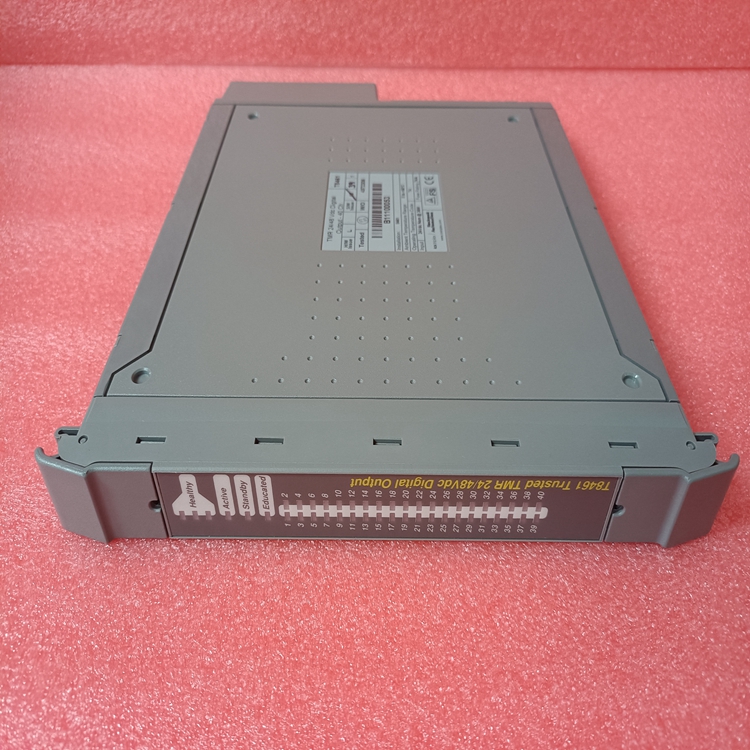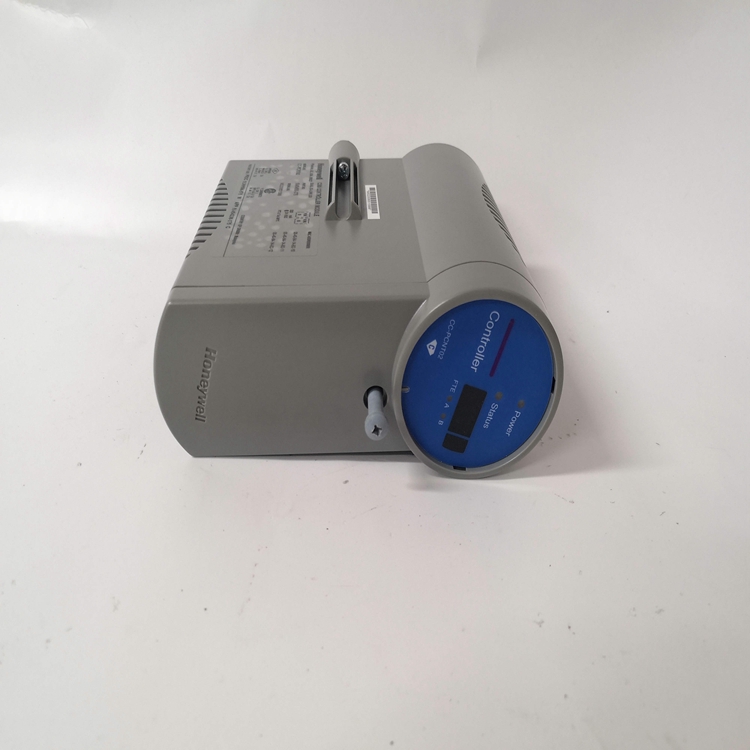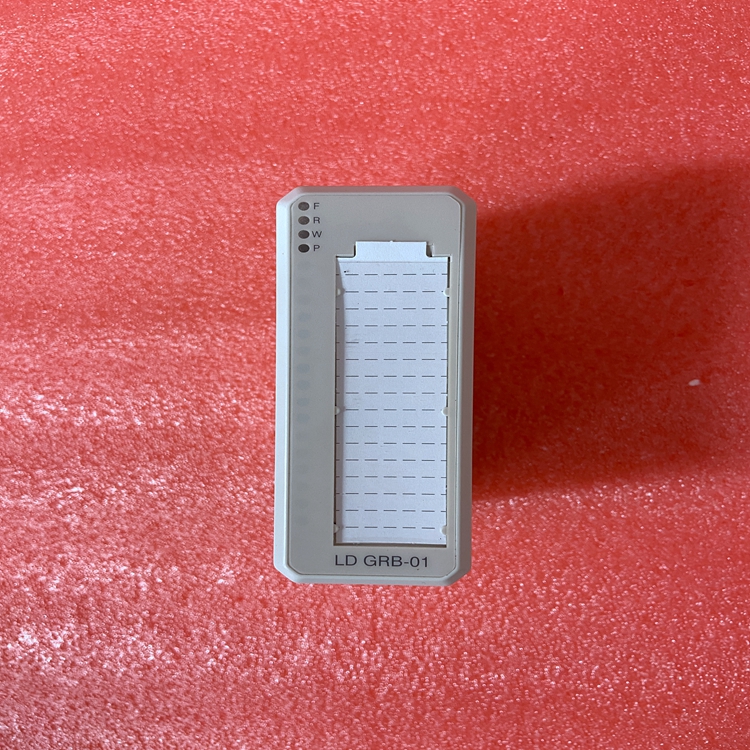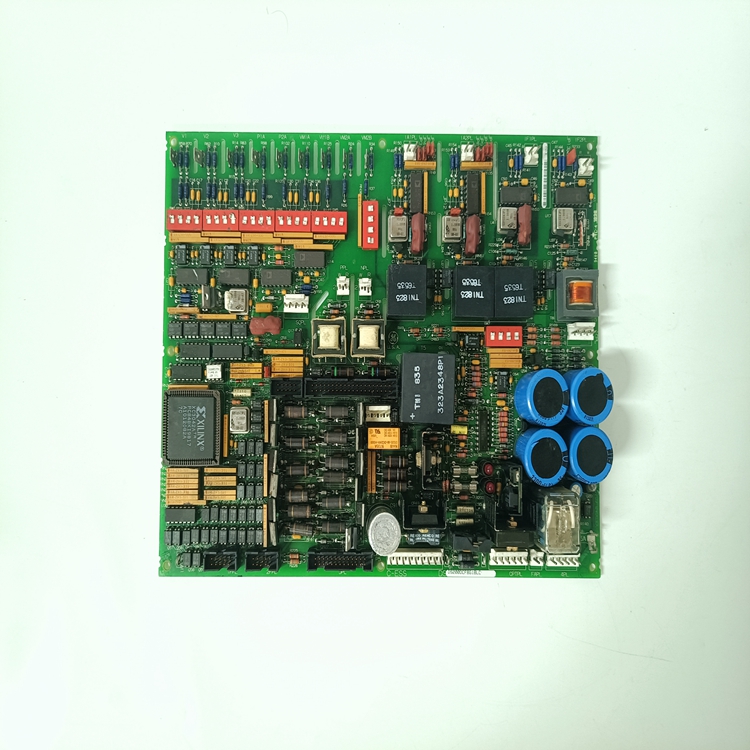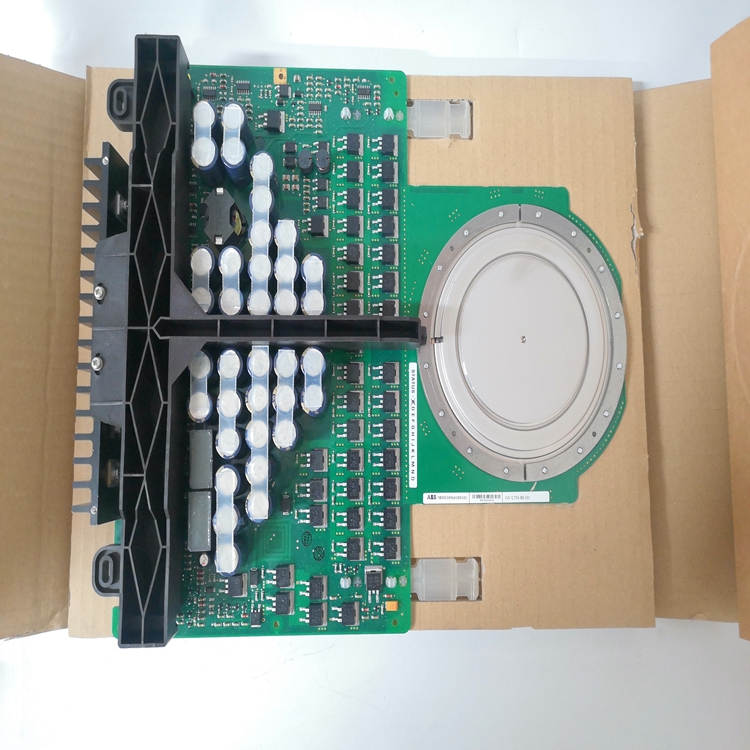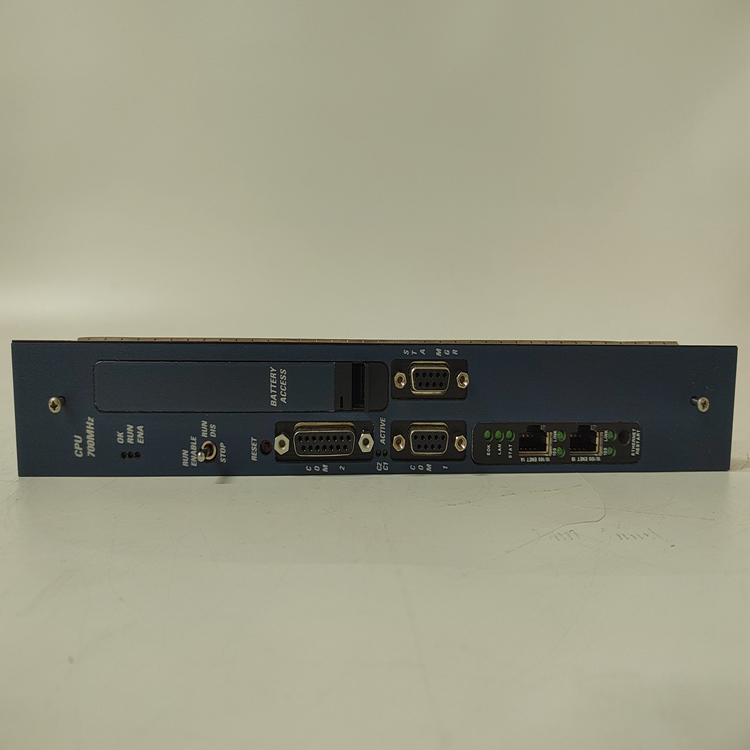G2D图像处理硬件调用和测试-基于米尔-全志T113-i开发板
MYC-YT113i核心板及开发板
真正的国产核心板,100%国产物料认证
国产T113-i处理器配备2*Cortex-A7@1.2GHz ,RISC-V
外置DDR3接口、支持视频编解码器、HiFi4 DSP
接口丰富:视频采集接口、显示器接口、USB2.0 接口、CAN 接口、千兆以太网接口
工业级:-40℃~+85℃、尺寸37mm*39mm
邮票孔+LGA,140+50PIN
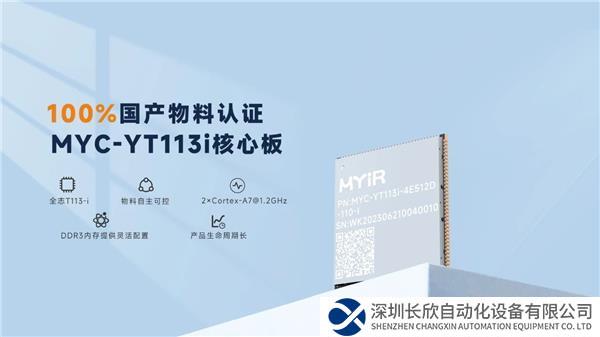
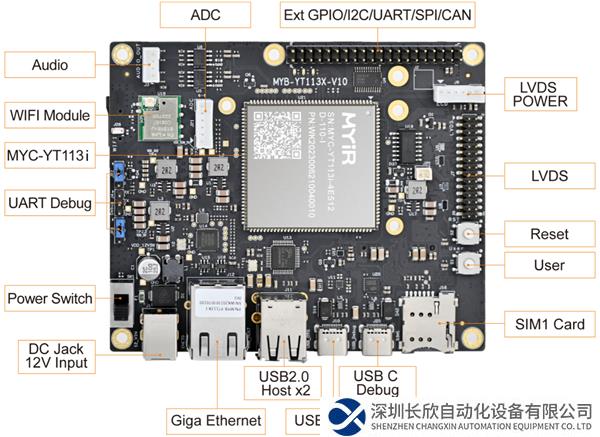
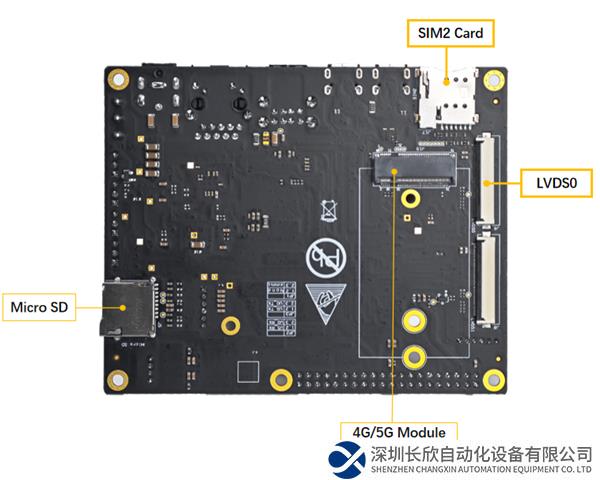
全志 T113-i 2D图形加速硬件支持情况
Supports layer size up to 2048 x 2048 pixels
Supports pre-multiply alpha image data
Supports color key
Supports two pipes Porter-Duff alpha blending
Supports multiple video formats 4:2:0, 4:2:2, 4:1:1 and multiple pixel formats (8/16/24/32 bits graphics
layer)
Supports memory scan order option
Supports any format convert function
Supports 1/16× to 32× resize ratio
Supports 32-phase 8-tap horizontal anti-alias filter and 32-phase 4-tap vertical anti-alias filter
Supports window clip
Supports FillRectangle, BitBlit, StretchBlit and MaskBlit
Supports horizontal and vertical flip, clockwise 0/90/180/270 degree rotate for normal buffer
Supports horizontal flip, clockwise 0/90/270 degree rotate for LBC buffer
可以看到 g2d 硬件支持相当多的2D图像处理,包括颜色空间转换,分辨率缩放,图层叠加,旋转等
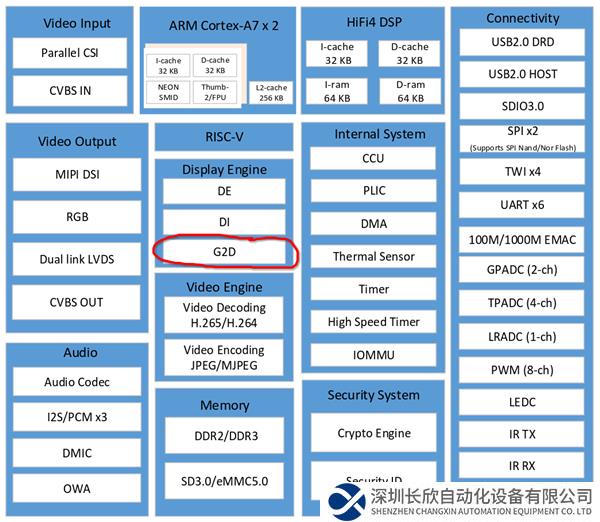
开发环境配置
基础开发环境搭建参考上上上一篇
https://bbs.elecfans.com/jishu_2408808_1_1.html
除了工具链外,我们使用 opencv-mobile 加载输入图片和保存结果,用来查看颜色转换是否正常
g2d硬件直接采用标准的 Linux ioctl 操纵,只需要引入相关结构体定义即可,无需链接so
https://github.com/MYIR-ALLWINNER/framework/blob/develop-yt113-framework/auto/sdk_lib/include/g2d_driver.h
此外,g2d的输入和输出数据必须在dmaion buffer上,因此还需要dmaion.h头文件,用来分配和释放dmaion buffer
https://github.com/MYIR-ALLWINNER/framework/blob/develop-yt113-framework/auto/sdk_lib/include/DmaIon.h
基于C语言实现的YUV转RGB
这里复用之前T113-i JPG解码的函数
void yuv420sp2rgb(const unsigned char* yuv420sp, int w, int h, unsigned char* rgb)
{
const unsigned char* yptr = yuv420sp;
const unsigned char* vuptr = yuv420sp + w * h;
for (int y = 0; y < h; y += 2)
{
const unsigned char* yptr0 = yptr;
const unsigned char* yptr1 = yptr + w;
unsigned char* rgb0 = rgb;
unsigned char* rgb1 = rgb + w * 3;
int remain = w;
#define SATURATE_CAST_UCHAR(X) (unsigned char)::std::min(::std::max((int)(X), 0), 255);
for (; remain > 0; remain -= 2)
{
// R = 1.164 * yy + 1.596 * vv
// G = 1.164 * yy - 0.813 * vv - 0.391 * uu
// B = 1.164 * yy + 2.018 * uu
// R = Y + (1.370705 * (V-128))
// G = Y - (0.698001 * (V-128)) - (0.337633 * (U-128))
// B = Y + (1.732446 * (U-128))
// R = ((Y << 6) + 87.72512 * (V-128)) >> 6
// G = ((Y << 6) - 44.672064 * (V-128) - 21.608512 * (U-128)) >> 6
// B = ((Y << 6) + 110.876544 * (U-128)) >> 6
// R = ((Y << 6) + 90 * (V-128)) >> 6
// G = ((Y << 6) - 46 * (V-128) - 22 * (U-128)) >> 6
// B = ((Y << 6) + 113 * (U-128)) >> 6
// R = (yy + 90 * vv) >> 6
// G = (yy - 46 * vv - 22 * uu) >> 6
// B = (yy + 113 * uu) >> 6
int v = vuptr[0] - 128;
int u = vuptr[1] - 128;
int ruv = 90 * v;
int guv = -46 * v + -22 * u;
int buv = 113 * u;
int y00 = yptr0[0] << 6;
rgb0[0] = SATURATE_CAST_UCHAR((y00 + ruv) >> 6);
rgb0[1] = SATURATE_CAST_UCHAR((y00 + guv) >> 6);
rgb0[2] = SATURATE_CAST_UCHAR((y00 + buv) >> 6);
int y01 = yptr0[1] << 6;
rgb0[3] = SATURATE_CAST_UCHAR((y01 + ruv) >> 6);
rgb0[4] = SATURATE_CAST_UCHAR((y01 + guv) >> 6);
rgb0[5] = SATURATE_CAST_UCHAR((y01 + buv) >> 6);
int y10 = yptr1[0] << 6;
rgb1[0] = SATURATE_CAST_UCHAR((y10 + ruv) >> 6);
rgb1[1] = SATURATE_CAST_UCHAR((y10 + guv) >> 6);
rgb1[2] = SATURATE_CAST_UCHAR((y10 + buv) >> 6);
int y11 = yptr1[1] << 6;
rgb1[3] = SATURATE_CAST_UCHAR((y11 + ruv) >> 6);
rgb1[4] = SATURATE_CAST_UCHAR((y11 + guv) >> 6);
rgb1[5] = SATURATE_CAST_UCHAR((y11 + buv) >> 6);
yptr0 += 2;
yptr1 += 2;
vuptr += 2;
rgb0 += 6;
rgb1 += 6;
}
#undef SATURATE_CAST_UCHAR
yptr += 2 * w;
rgb += 2 * 3 * w;
}
}
基于ARM neon指令集优化的YUV转RGB
考虑到armv7编译器的自动neon优化能力较差,这里针对性的编写 arm neon inline assembly 实现YUV2RGB内核部分,达到最优化的性能,榨干cpu性能
void yuv420sp2rgb_neon(const unsigned char* yuv420sp, int w, int h, unsigned char* rgb)
{
const unsigned char* yptr = yuv420sp;
const unsigned char* vuptr = yuv420sp + w * h;
#if __ARM_NEON
uint8x8_t _v128 = vdup_n_u8(128);
int8x8_t _v90 = vdup_n_s8(90);
int8x8_t _v46 = vdup_n_s8(46);
int8x8_t _v22 = vdup_n_s8(22);
int8x8_t _v113 = vdup_n_s8(113);
#endif // __ARM_NEON
for (int y = 0; y < h; y += 2)
{
const unsigned char* yptr0 = yptr;
const unsigned char* yptr1 = yptr + w;
unsigned char* rgb0 = rgb;
unsigned char* rgb1 = rgb + w * 3;
#if __ARM_NEON
int nn = w >> 3;
int remain = w - (nn << 3);
#else
int remain = w;
#endif // __ARM_NEON
#if __ARM_NEON
#if __aarch64__
for (; nn > 0; nn--)
{
int16x8_t _yy0 = vreinterpretq_s16_u16(vshll_n_u8(vld1_u8(yptr0), 6));
int16x8_t _yy1 = vreinterpretq_s16_u16(vshll_n_u8(vld1_u8(yptr1), 6));
int8x8_t _vvuu = vreinterpret_s8_u8(vsub_u8(vld1_u8(vuptr), _v128));
int8x8x2_t _vvvvuuuu = vtrn_s8(_vvuu, _vvuu);
int8x8_t _vv = _vvvvuuuu.val[0];
int8x8_t _uu = _vvvvuuuu.val[1];
int16x8_t _r0 = vmlal_s8(_yy0, _vv, _v90);
int16x8_t _g0 = vmlsl_s8(_yy0, _vv, _v46);
_g0 = vmlsl_s8(_g0, _uu, _v22);
int16x8_t _b0 = vmlal_s8(_yy0, _uu, _v113);
int16x8_t _r1 = vmlal_s8(_yy1, _vv, _v90);
int16x8_t _g1 = vmlsl_s8(_yy1, _vv, _v46);
_g1 = vmlsl_s8(_g1, _uu, _v22);
int16x8_t _b1 = vmlal_s8(_yy1, _uu, _v113);
uint8x8x3_t _rgb0;
_rgb0.val[0] = vqshrun_n_s16(_r0, 6);
_rgb0.val[1] = vqshrun_n_s16(_g0, 6);
_rgb0.val[2] = vqshrun_n_s16(_b0, 6);
uint8x8x3_t _rgb1;
_rgb1.val[0] = vqshrun_n_s16(_r1, 6);
_rgb1.val[1] = vqshrun_n_s16(_g1, 6);
_rgb1.val[2] = vqshrun_n_s16(_b1, 6);
vst3_u8(rgb0, _rgb0);
vst3_u8(rgb1, _rgb1);
yptr0 += 8;
yptr1 += 8;
vuptr += 8;
rgb0 += 24;
rgb1 += 24;
}
#else
if (nn > 0)
{
asm volatile(
"0: \n"
"pld [%3, #128] \n"
"vld1.u8 {d2}, [%3]! \n"
"vsub.s8 d2, d2, %12 \n"
"pld [%1, #128] \n"
"vld1.u8 {d0}, [%1]! \n"
"pld [%2, #128] \n"
"vld1.u8 {d1}, [%2]! \n"
"vshll.u8 q2, d0, #6 \n"
"vorr d3, d2, d2 \n"
"vshll.u8 q3, d1, #6 \n"
"vorr q9, q2, q2 \n"
"vtrn.s8 d2, d3 \n"
"vorr q11, q3, q3 \n"
"vmlsl.s8 q9, d2, %14 \n"
"vorr q8, q2, q2 \n"
"vmlsl.s8 q11, d2, %14 \n"
"vorr q10, q3, q3 \n"
"vmlal.s8 q8, d2, %13 \n"
"vmlal.s8 q2, d3, %16 \n"
"vmlal.s8 q10, d2, %13 \n"
"vmlsl.s8 q9, d3, %15 \n"
"vmlal.s8 q3, d3, %16 \n"
"vmlsl.s8 q11, d3, %15 \n"
"vqshrun.s16 d24, q8, #6 \n"
"vqshrun.s16 d26, q2, #6 \n"
"vqshrun.s16 d4, q10, #6 \n"
"vqshrun.s16 d25, q9, #6 \n"
"vqshrun.s16 d6, q3, #6 \n"
"vqshrun.s16 d5, q11, #6 \n"
"subs %0, #1 \n"
"vst3.u8 {d24-d26}, [%4]! \n"
"vst3.u8 {d4-d6}, [%5]! \n"
"bne 0b \n"
: "=r"(nn), // %0
"=r"(yptr0), // %1
"=r"(yptr1), // %2
"=r"(vuptr), // %3
"=r"(rgb0), // %4
"=r"(rgb1) // %5
: "0"(nn),
"1"(yptr0),
"2"(yptr1),
"3"(vuptr),
"4"(rgb0),
"5"(rgb1),
"w"(_v128), // %12
"w"(_v90), // %13
"w"(_v46), // %14
"w"(_v22), // %15
"w"(_v113) // %16
: "cc", "memory", "q0", "q1", "q2", "q3", "q8", "q9", "q10", "q11", "q12", "d26");
}
#endif // __aarch64__
#endif // __ARM_NEON
#define SATURATE_CAST_UCHAR(X) (unsigned char)::std::min(::std::max((int)(X), 0), 255);
for (; remain > 0; remain -= 2)
{
// R = 1.164 * yy + 1.596 * vv
// G = 1.164 * yy - 0.813 * vv - 0.391 * uu
// B = 1.164 * yy + 2.018 * uu
// R = Y + (1.370705 * (V-128))
// G = Y - (0.698001 * (V-128)) - (0.337633 * (U-128))
// B = Y + (1.732446 * (U-128))
// R = ((Y << 6) + 87.72512 * (V-128)) >> 6
// G = ((Y << 6) - 44.672064 * (V-128) - 21.608512 * (U-128)) >> 6
// B = ((Y << 6) + 110.876544 * (U-128)) >> 6
// R = ((Y << 6) + 90 * (V-128)) >> 6
// G = ((Y << 6) - 46 * (V-128) - 22 * (U-128)) >> 6
// B = ((Y << 6) + 113 * (U-128)) >> 6
// R = (yy + 90 * vv) >> 6
// G = (yy - 46 * vv - 22 * uu) >> 6
// B = (yy + 113 * uu) >> 6
int v = vuptr[0] - 128;
int u = vuptr[1] - 128;
int ruv = 90 * v;
int guv = -46 * v + -22 * u;
int buv = 113 * u;
int y00 = yptr0[0] << 6;
rgb0[0] = SATURATE_CAST_UCHAR((y00 + ruv) >> 6);
rgb0[1] = SATURATE_CAST_UCHAR((y00 + guv) >> 6);
rgb0[2] = SATURATE_CAST_UCHAR((y00 + buv) >> 6);
int y01 = yptr0[1] << 6;
rgb0[3] = SATURATE_CAST_UCHAR((y01 + ruv) >> 6);
rgb0[4] = SATURATE_CAST_UCHAR((y01 + guv) >> 6);
rgb0[5] = SATURATE_CAST_UCHAR((y01 + buv) >> 6);
int y10 = yptr1[0] << 6;
rgb1[0] = SATURATE_CAST_UCHAR((y10 + ruv) >> 6);
rgb1[1] = SATURATE_CAST_UCHAR((y10 + guv) >> 6);
rgb1[2] = SATURATE_CAST_UCHAR((y10 + buv) >> 6);
int y11 = yptr1[1] << 6;
rgb1[3] = SATURATE_CAST_UCHAR((y11 + ruv) >> 6);
rgb1[4] = SATURATE_CAST_UCHAR((y11 + guv) >> 6);
rgb1[5] = SATURATE_CAST_UCHAR((y11 + buv) >> 6);
yptr0 += 2;
yptr1 += 2;
vuptr += 2;
rgb0 += 6;
rgb1 += 6;
}
#undef SATURATE_CAST_UCHAR
yptr += 2 * w;
rgb += 2 * 3 * w;
}
}
基于G2D图形硬件的YUV转RGB
我们先实现 dmaion buffer 管理器,参考
https://github.com/MYIR-ALLWINNER/framework/blob/develop-yt113-framework/auto/sdk_lib/sdk_memory/DmaIon.cpp
这里贴的代码省略了异常错误处理的逻辑,有个坑是 linux-4.9 和 linux-5.4 用法不一样,米尔电子的这个T113-i系统是linux-5.4,所以不兼容4.9内核的ioctl用法习惯
struct ion_memory
{
size_t size;
int fd;
void* virt_addr;
unsigned int phy_addr;
};
class ion_allocator
{
public:
ion_allocator();
~ion_allocator();
int open();
void close();
int alloc(size_t size, struct ion_memory* mem);
int free(struct ion_memory* mem);
int flush(struct ion_memory* mem);
public:
int ion_fd;
int cedar_fd;
};
ion_allocator::ion_allocator()
{
ion_fd = -1;
cedar_fd = -1;
}
ion_allocator::~ion_allocator()
{
close();
}
int ion_allocator::open()
{
close();
ion_fd = ::open("/dev/ion", O_RDWR);
cedar_fd = ::open("/dev/cedar_dev", O_RDONLY);
ioctl(cedar_fd, IOCTL_ENGINE_REQ, 0);
return 0;
}
void ion_allocator::close()
{
if (cedar_fd != -1)
{
ioctl(cedar_fd, IOCTL_ENGINE_REL, 0);
::close(cedar_fd);
cedar_fd = -1;
}
if (ion_fd != -1)
{
::close(ion_fd);
ion_fd = -1;
}
}
int ion_allocator::alloc(size_t size, struct ion_memory* mem)
{
struct aw_ion_new_alloc_data alloc_data;
alloc_data.len = size;
alloc_data.heap_id_mask = AW_ION_SYSTEM_HEAP_MASK;
alloc_data.flags = AW_ION_CACHED_FLAG | AW_ION_CACHED_NEEDS_SYNC_FLAG;
alloc_data.fd = 0;
alloc_data.unused = 0;
ioctl(ion_fd, AW_ION_IOC_NEW_ALLOC, &alloc_data);
void* virt_addr = mmap(NULL, size, PROT_READ|PROT_WRITE, MAP_SHARED, alloc_data.fd, 0);
struct aw_user_iommu_param iommu_param;
iommu_param.fd = alloc_data.fd;
iommu_param.iommu_addr = 0;
ioctl(cedar_fd, IOCTL_GET_IOMMU_ADDR, &iommu_param);
mem->size = size;
mem->fd = alloc_data.fd;
mem->virt_addr = virt_addr;
mem->phy_addr = iommu_param.iommu_addr;
return 0;
}
int ion_allocator::free(struct ion_memory* mem)
{
if (mem->fd == -1)
return 0;
struct aw_user_iommu_param iommu_param;
iommu_param.fd = mem->fd;
ioctl(cedar_fd, IOCTL_FREE_IOMMU_ADDR, &iommu_param);
munmap(mem->virt_addr, mem->size);
::close(mem->fd);
mem->size = 0;
mem->fd = -1;
mem->virt_addr = 0;
mem->phy_addr = 0;
return 0;
}
int ion_allocator::flush(struct ion_memory* mem)
{
struct dma_buf_sync sync;
sync.flags = DMA_BUF_SYNC_END | DMA_BUF_SYNC_RW;
ioctl(mem->fd, DMA_BUF_IOCTL_SYNC, &sync);
return 0;
}
然后再实现 G2D图形硬件 YUV转RGB 的转换器
提前分配好YUV和RGB的dmaion buffer
将YUV数据拷贝到dmaion buffer,flush cache完成同步
配置转换参数,ioctl调用G2D_CMD_BITBLT_H完成转换
flush cache完成同步,从dmaion buffer拷贝出RGB数据
释放dmaion buffer
// 步骤1
ion_allocator ion;
ion.open();
struct ion_memory yuv_ion;
ion.alloc(rgb_size, &rgb_ion);
struct ion_memory rgb_ion;
ion.alloc(yuv_size, &yuv_ion);
int g2d_fd = ::open("/dev/g2d", O_RDWR);
// 步骤2
memcpy((unsigned char*)yuv_ion.virt_addr, yuv420sp, yuv_size);
ion.flush(&yuv_ion);
// 步骤3
g2d_blt_h blit;
memset(&blit, 0, sizeof(blit));
blit.flag_h = G2D_BLT_NONE_H;
blit.src_image_h.format = G2D_FORMAT_YUV420UVC_V1U1V0U0;
blit.src_image_h.width = width;
blit.src_image_h.height = height;
blit.src_image_h.align[0] = 0;
blit.src_image_h.align[1] = 0;
blit.src_image_h.clip_rect.x = 0;
blit.src_image_h.clip_rect.y = 0;
blit.src_image_h.clip_rect.w = width;
blit.src_image_h.clip_rect.h = height;
blit.src_image_h.gamut = G2D_BT601;
blit.src_image_h.bpremul = 0;
blit.src_image_h.mode = G2D_PIXEL_ALPHA;
blit.src_image_h.use_phy_addr = 0;
blit.src_image_h.fd = yuv_ion.fd;
blit.dst_image_h.format = G2D_FORMAT_RGB888;
blit.dst_image_h.width = width;
blit.dst_image_h.height = height;
blit.dst_image_h.align[0] = 0;
blit.dst_image_h.clip_rect.x = 0;
blit.dst_image_h.clip_rect.y = 0;
blit.dst_image_h.clip_rect.w = width;
blit.dst_image_h.clip_rect.h = height;
blit.dst_image_h.gamut = G2D_BT601;
blit.dst_image_h.bpremul = 0;
blit.dst_image_h.mode = G2D_PIXEL_ALPHA;
blit.dst_image_h.use_phy_addr = 0;
blit.dst_image_h.fd = rgb_ion.fd;
ioctl(g2d_fd, G2D_CMD_BITBLT_H, &blit);
// 步骤4
ion.flush(&rgb_ion);
memcpy(rgb, (const unsigned char*)rgb_ion.virt_addr, rgb_size);
// 步骤5
ion.free(&rgb_ion);
ion.free(&yuv_ion);
ion.close();
::close(g2d_fd);
G2D图像硬件YUV转RGB测试
考虑到dmaion buffer分配和释放都比较耗时,我们提前做好,循环调用步骤3的G2D转换,统计耗时,并在top工具中查看CPU占用率
sh-4.4# LD_LIBRARY_PATH=. ./g2dtest
INFO : cedarc
this device is not whitelisted for jpeg decoder cvi
this device is not whitelisted for jpeg decoder cvi
this device is not whitelisted for jpeg decoder cvi
this device is not whitelisted for jpeg encoder rkmpp
INFO : cedarc
ERROR : cedarc
ERROR : cedarc
yuv420sp2rgb 46.61
yuv420sp2rgb 42.04
yuv420sp2rgb 41.32
yuv420sp2rgb 42.06
yuv420sp2rgb 41.69
yuv420sp2rgb 42.05
yuv420sp2rgb 41.29
yuv420sp2rgb 41.30
yuv420sp2rgb 42.14
yuv420sp2rgb 41.33
yuv420sp2rgb_neon 10.57
yuv420sp2rgb_neon 7.21
yuv420sp2rgb_neon 6.77
yuv420sp2rgb_neon 8.31
yuv420sp2rgb_neon 7.60
yuv420sp2rgb_neon 6.80
yuv420sp2rgb_neon 6.77
yuv420sp2rgb_neon 7.01
yuv420sp2rgb_neon 7.11
yuv420sp2rgb_neon 7.06
yuv420sp2rgb_g2d 4.32
yuv420sp2rgb_g2d 4.69
yuv420sp2rgb_g2d 4.56
yuv420sp2rgb_g2d 4.57
yuv420sp2rgb_g2d 4.52
yuv420sp2rgb_g2d 4.54
yuv420sp2rgb_g2d 4.52
yuv420sp2rgb_g2d 4.58
yuv420sp2rgb_g2d 4.60
yuv420sp2rgb_g2d 4.67
可以看到 ARM neon 的优化效果非常明显,而使用G2D图形硬件能获得进一步加速,并且能显著降低CPU占用率!

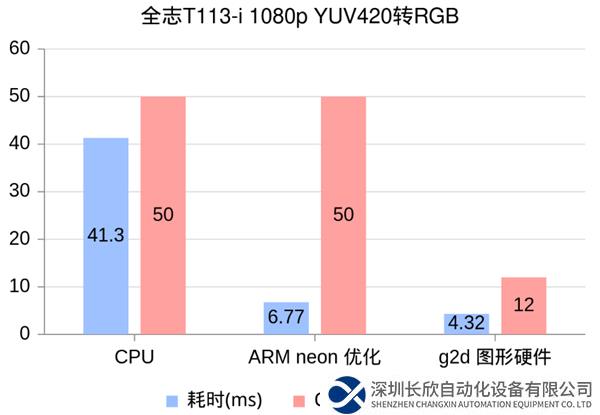
转换结果对比和分析
C和neon的转换结果完全一致,但是g2d转换后的图片有明显的色差



G2D图形硬件只支持 G2D_BT601,G2D_BT709,G2D_BT2020 3种YUV系数,而JPG所使用的YUV系数是改版BT601,因此产生了色差
https://github.com/MYIR-ALLWINNER/myir-t1-kernel/blob/develop-yt113-L5.4.61/drivers/char/sunxi_g2d/g2d_bsp_v2.c
从g2d内核驱动中也可以得知,暂时没有方法为g2d设置自定义的YUV系数,g2d不适合用于JPG的编解码,但依然适合摄像头和视频编解码的颜色空间转换
同类文章排行
- 万马高分子助力,国内首条公里级大长度环保
- 主营产品有哪些?
- 购买后产品发什么快递?
- 机器手臂的创新应用:轻薄短小、智能高效
- 产品供货周期需要多久?
- 更紧凑而高效的机器人世界
- 节能转型,电机产业链有哪些变革性机会?
- 当半导体碰上 AMR,来一场智能化的精彩
- 坚持科技是第一生产力
- 通向智能工厂的硬核技术,哪些和你有关?
最新资讯文章
- 英孚康是罗克韦尔的替代品?不止如此
- 欧洲航天局利用MVG设备大幅增强新型 H
- Profinet转canopen网关连接
- DATALOGIC得利捷 | 物流之眼利
- 施耐德电气与标领智能装备强强联合,共创电
- 【有现货】KB-LS10N-C KB-L
- 华北工控打造网安专用主板,基于飞腾D20
- PLC通讯革新:EtherNetIP转P
- 华北工控ATX-6152:高度集成化!提
- 巴斯夫成功完成Ethernet-APL试
- HRPG-1000N3 系列:1000W
- RQB60W12 系列:60W 1/4
- NPB-450-NFC 系列:450W
- VFD 系列:150W~750W 工业用
- NGE12/18 系列:12W/18W
- 工业现场ModbusTCP转EtherN
- DJM / FT系列:12V/38~15
- SI06W8/DI06W8 系列:超宽压
- NGE100 (U) 系列:100W 环
- LOP-200/300系列:200W &

